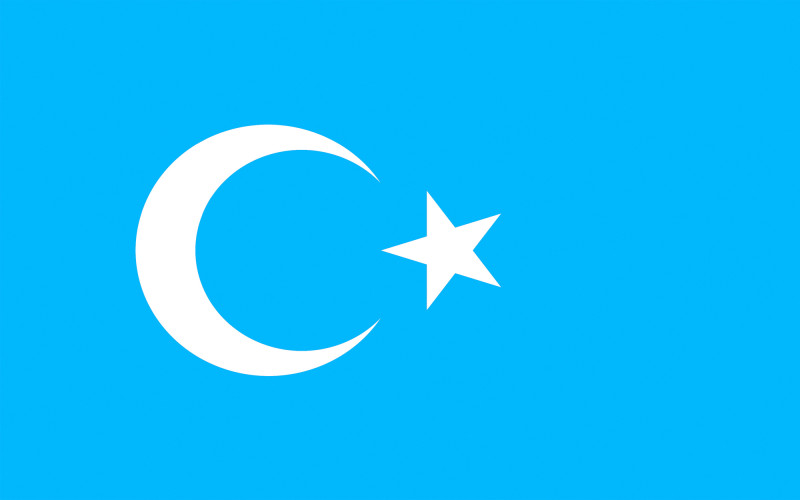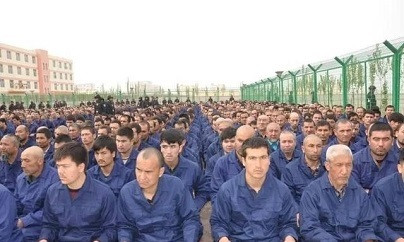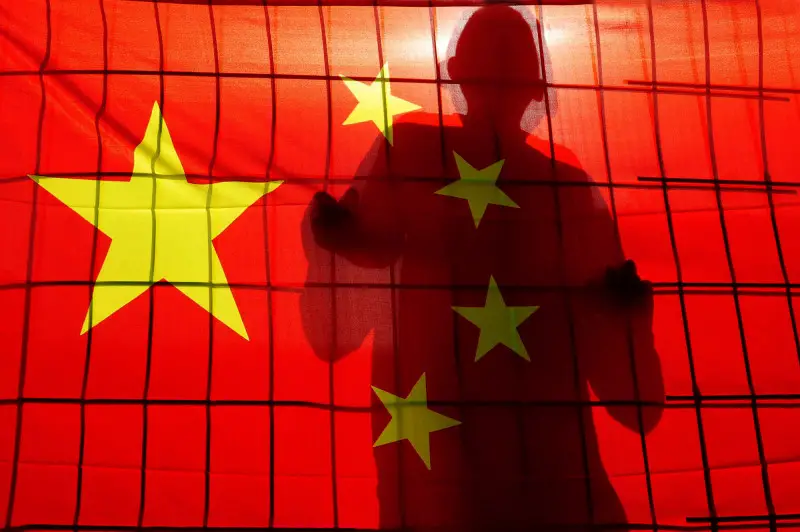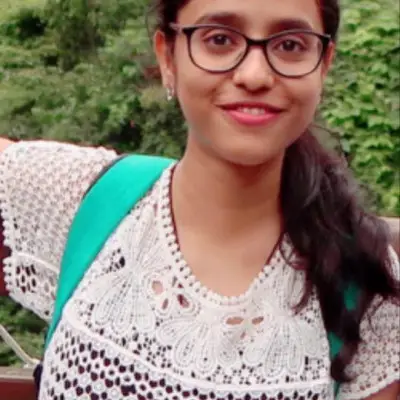The People’s Republic of China (PRC) has a dual image, the Chinese Communist Party (CCP) have always officially maintained that it is a ‘unified multi-ethnic’ society. The official stance contradicts the actual reality. The atrocities and the repression which the Uyghurs are facing in the northwest region of China, known as Xinjiang, burst the bubble of the contradictory official statement of the CCP. The CCP always strive for vantage and in order to achieve that it very systematically silences the troublemakers, the same fate the Uyghurs are witnessing in China. It is no hidden fact that the CCP has detained over one million Uyghurs because the Uyghurs are considered as a potential threat to the CCP’s rule. In 2017, anthropologist Adrian Zenz alerted the world to China’s gruesome activities of building concentration camps, at first the CCP completely denied it, but later these concentration camps were labelled by the CCP as vocational training centers.

Brief History of Uyghurs and region of Xinjiang:
The Uyghurs are the Turkic speaking Muslim minority residing along with other minorities such as Kazakh, and Kyrgyz, in the region of Xinjiang. According to the CCP official figure there are around 12 million Uyghurs in Xinjiang. This northwest peripheral region is strategically very important to China, the region holds a disputed historiography regarding the Uyghurs and the region. The region also known as East Turkistan came under the full control of the CCP in 1949, and in 1955 it was designated with autonomous status and named Xinjiang Uyghur Autonomous Region (XUAR). According to the Chinese White Paper it regards Xinjiang as a part of China since the Han dynasty and the CCP considers this region as an inseparable territory which was naturally incorporated into the region, and Uyghurs are settlers in the region. While Uyghurs disregard the CCP’s official position, they consider themselves the indigenous population of Xinjiang and believe it was annexed, not naturally incorporated. Various historians on Xinjiang such as James Millward, Graham E. Fuller, and independent researcher on Xinjiang Gardener Bovingdon have written extensively on Uyghurs and Xinjiang. The common observation made by them was that Xinjiang was ruled by non-Han states and the Qing dynasty was vanquishing, and pursuing Xinjiang in 1759 until it entirely became part of China in 1884.
Systematic Repression of Uyghurs in Xinjiang:
The China Model as displayed by the CCP is ‘inclusive of minority rights’, however the practice of assertive assimilation, which the Uyghurs face, questions the inclusivity claims of minority rights and ethnic minority policies. Since ethnic unrest flared up in the 1990s, the situation in Xinjiang has not improved, and has resulted in repression for the Uyghurs. To elaborate on the phases, we refer to Sinologist Dru. C. Gladney, he explained this by applying the theory exit, voice and loyalty. The period before the reform era was total chaos because of the ‘Cultural Revolution’, Deng Xiaoping’s reform era gave the chance to reconnect to the practice of daily cultural and religious activities and his period was a period of heightened loyalty to the state. Since the 1990s when ethnic minorities, especially the Uyghurs, were dissatisfied with the CCP policies, they started voicing their opinions, which resulted in escalation, ethnic unrest, and conflicts. The CCP reacted by striking hard on the Uyghurs by passing a new criminal law that redefined ‘counter-revolutionary’ crimes as crimes against the state, and the campaign ‘Strike Hard Maximum Pressure Campaign’ launched in Beijing struck hard on the practice of religion.

When 9/11 happened, it provided an opportunity for the CCP to play the victim, and to officially label the Uyghurs’ domestic dissatisfaction as Islamic fundamentalism. Thus, the CCP labeled Uyghur ethnic unrest activities as terrorism, so that extra-ordinary draconian measures could be taken, while deflecting international criticism. Labeling the Uyghurs as terrorists and using force against them set the mood to exit i.e. emigrate and leave the region. The CCP has always flexed its muscle to maintain resilience and avoid disintegration, in the case of Uyghurs, repression and assertive assimilation go hand in hand with keeping a vision to create ‘China Model citizens’. Many questions should be raised on China’s ethnic policies and intolerant attitude of the CCP towards dissenting opinions. Instead of having a tolerant approach and policies towards minorities, expert Justin Hastings observed that what angers the Uyghurs or makes the situation non-negotiable is the CCP’s complicit perception of crediting any incident of unrest to Uyghur communities.
The CCP’s Ethnic Policies:
What raises eyebrows on the very contradictory official position of the CCP that China is a unified multi-ethnic society, is that the issue of distrust is highly prevalent in society with a low level of social cohesion. China works according to authority, defined social reality, where the so-called ethnic policies do not bridge the gap between ethnic groups, but rather create segregation. The term ‘ethnically harmonious society’ is merely a phrase used by the CCP, but in reality, it lacks the diffusion of shared values that brings communities together. CCP’s nationality policy, the ‘Great Western Development’ plan was just a façade, followed by the CCPs’ encouragement of Han migration to Xinjiang. Because of Han migration, not only was a demographic change witnessed, but the local Uyghur population lost jobs, leading to economic inequality between the Han and the Uyghurs, deepening community division and hatred.
In addition to Uyghur dissatisfaction with economic inequity, they also faced an attack on Uyghur language. Forbidding the use of their language at all instruction levels speaks volumes and suggests that Uyghurs are facing an identity crisis. The CCP does not even take PRC’s constitution seriously. Article 88 of the PRC constitution guarantees freedom of religious belief, but a compromise is always expected habituating them to socialism with Chinese characteristics. Macro control on religion struck hard on Uyghur religious activities, and according to Julia Famularo recently in 2015, Article 38 of the XUAR Religious Affairs Regulation prohibited them from having any appearance or clothing that invites extremist ideologies. Thus, Uyghurs face ethno-discrimination in Chinese society, a serious existential crisis.

Assertive Assimilation:
China claims to be inclusive of minority rights, but it’s not true. China links minority rights to threats on national security in practice. An observation from sinologist Joanne Smith Finley explains that for the CCP, state security is an issue of cultural dissimilarity. In connection to that, that’s why the CCP is taking extraordinary draconian measures to reconstruct the Uyghur mind, body, language, religion and culture. The policies of the CCP in Xinjiang became oppressive, assimilation turned into assertive assimilation, and the use of torture was practiced after the issue of Document No. 7 in 1996. The document clearly stated arbitrary arrest and execution and curbing of freedom of expression, association, and religion, which violates human rights. With the appointment of Xi Jinping as President, in 2014, after he visited Xinjiang, he did not call for arbitrary detention but a crackdown on Xinjiang, to weaken Uyghurs' separate identity and assimilate them in a society dominated by the Han. However, with the appointment of Chen Quanguo as Xinjiang Party Secretary in 2016, he called for arbitrary detention, turning the region of Xinjiang into a surveillance state. Since 2017, a harsher approach is being pursued, according to a BBC report China has significantly increased its security spending by 216% between 2016 and 2017 in the far western region of Xinjiang (BBC, 2018) and many detention camps were built for the sole purpose of re-education of the Uyghurs mindset where they go through indoctrination.
Xi Jinping in many of his speeches mentions celebrating diversity and development but his theoretical speeches contradict the actual reality where the Uyghurs are facing modern genocide. The CCP is portraying concentration camps as vocational centers, as if citing a parallel example with such places as rehab centers, which is not true. Ample Uyghur testimonies are available in public domain narrating the horrific torture and atrocities they face in those detention centers, which apart from physical suffering, also include execution of Uyghurs. Adrian Zenz notes that not only Uyghur adults, but also Uyghur children face torture of re-education, followed with restrictions on reading the Quran, growing long beards, and a ban on veils. These restrictions lead to assertive assimilation, the ugly face of the existential crisis which the Uyghurs are facing. This exposes the real China. At international platforms it portrays itself as a beacon of human rights. Its domestic situation is contradictory of its preaching where it very conveniently uses the label of terrorist for Uyghurs to evade criticism.

Conclusion:
The CCP’s faulty ethnic policies, and draconian measures undertaken to assimilate the Uyghur minority group clearly indicates the so-called China model inclusive of minority rights is fallacious. It unveils the fact that repression and assertive assimilation against the Uyghurs is a vision of ‘uniculturalism’ in an ethnically diversified society. Clarifying the brutality against the Uyghurs in Xinjiang as a political struggle of life and death against the three evils i.e., terrorism, separatism and extremism is used as official terminology, to shield and suppress the fundamental freedom of the Uyghurs. It becomes of utmost importance that the international community wakes up against the repression of Uyghurs in China, steps should be taken to stop human rights abuses from becoming a new normal.
